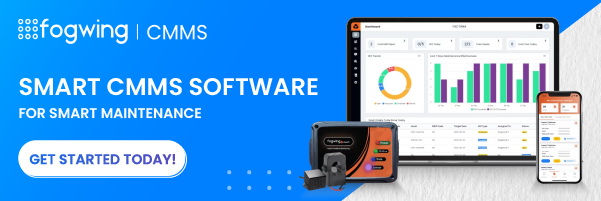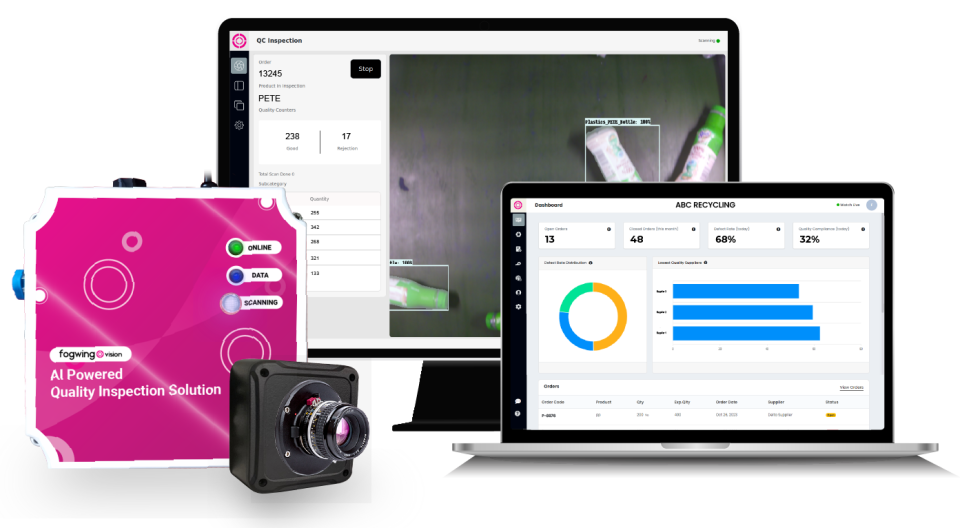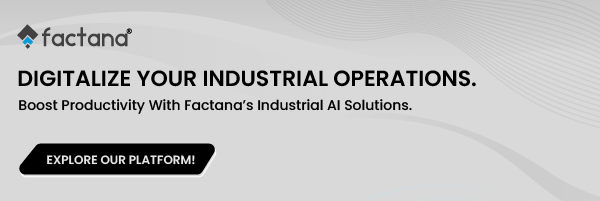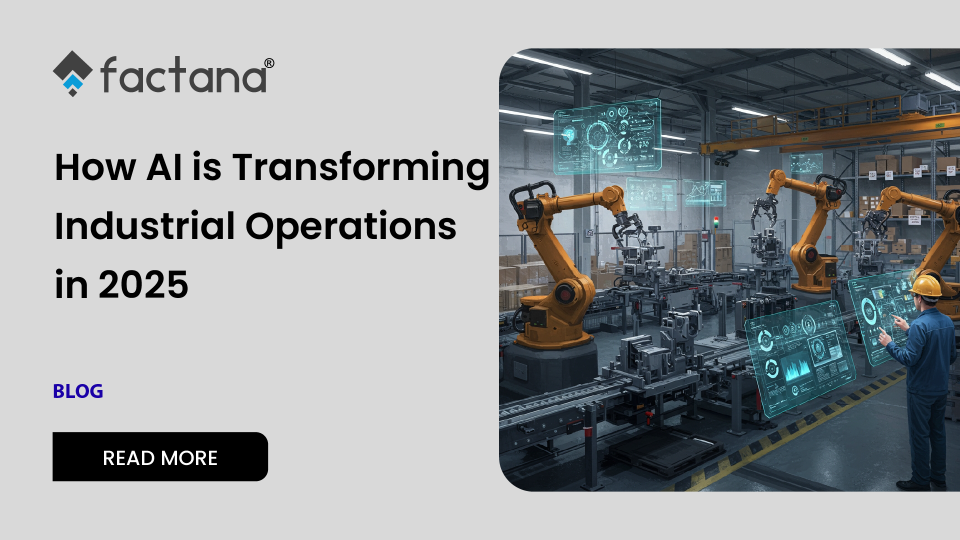Artificial Intelligence (AI) is no longer a futuristic ambition for industries — it’s the core engine driving operational efficiency, agility, and resilience in 2025.
From shop floors to global supply chains, AI is transforming how industries work, making operations smarter, connected, and self-optimizing.
But this transformation isn’t just about automating tasks. AI is now embedded across every layer of industrial operations, enabling enterprises to learn, adapt, and optimize in real time.
This shift is redefining how manufacturers approach production, maintenance, and decision-making.
10 Key AI Trends Reshaping Industrial Operations in 2025
1. Predictive Maintenance Minimizing Downtime
Unplanned equipment failures continue to disrupt industrial workflows. AI-powered predictive maintenance helps by continuously monitoring asset health, detecting anomalies early, and scheduling proactive maintenance.
Advanced Computerized Maintenance Management Systems (CMMS) like Fogwing CMMS are crucial in reducing downtime and extending equipment life. This predictive approach not only lowers maintenance costs but also boosts overall equipment effectiveness (OEE).

2. AI-Driven Quality Inspection Enhancing Manufacturing Precision
Manual quality checks are giving way to AI-driven visual inspection systems. These solutions use computer vision algorithms to identify micro-defects in real-time, ensuring every product meets strict quality standards.
By automating inspection processes, manufacturers are achieving higher accuracy, reducing rework, and minimizing production waste — all while improving product consistency.

3. Edge AI Enabling Real-Time Operational Decisions
Industrial environments demand instant decision-making, especially in safety-critical operations. Edge AI processes data directly at the machine level, eliminating latency issues of cloud-based systems.
This real-time intelligence is vital for high-speed manufacturing lines and remote industrial sites where reliable connectivity is limited. Edge AI ensures decisions are made at the source, where timing is everything.
4. Collaborative Robots (Cobots) Enhancing Workforce Productivity
Cobots are AI-powered robots designed to work safely alongside human operators. Unlike traditional robots, Cobots adapt to dynamic workflows and assist with repetitive or ergonomically challenging tasks.
Industries are using Cobots to boost workforce productivity, improve safety, and foster seamless human-robot collaboration on the shop floor.
5. Digital Twins for Predictive and Prescriptive Operations
Digital Twins are virtual replicas of physical assets and systems. With AI-driven simulations, they allow industries to predict equipment failures, test process improvements, and optimize operations, without interrupting actual production.
This predictive insight is enabling factories to run smarter, making data-driven decisions that improve efficiency and reduce operational risks.
6. AI-Powered Supply Chain Optimization
Supply chain volatility demands smarter planning. AI-powered analytics are helping industries forecast demand shifts, manage inventories more accurately, and streamline logistics.
By adopting AI-driven supply chain strategies, enterprises can enhance agility, reduce operational costs, and build more resilient supply networks that adapt to market fluctuations in real-time.
7. Hyperautomation Transforming End-to-End Processes
Hyperautomation is taking industrial automation to the next level by combining AI, IoT, Robotic Process Automation (RPA), and machine learning. This integration automates complex workflows across departments and eliminates operational silos.
By reducing manual interventions and enhancing cross-functional collaboration, hyperautomation is accelerating end-to-end process efficiency in production, maintenance, and logistics.
8. Agentic AI for Autonomous Decision-Making
Agentic AI agents operate independently, interacting with industrial systems and data to optimize workflows, resolve issues, and make real-time decisions — all without human intervention.
This evolution is driving industries towards self-regulating, autonomous factories where systems intelligently manage operations, freeing human teams for strategic tasks.
9. AI Copilots Supporting Factory Teams
AI Copilots are emerging as digital assistants that simplify how factory teams interact with machines and operational data. These intelligent assistants provide real-time guidance, automate routine reporting, and reduce the cognitive load on operators.
By enhancing decision-making accuracy and improving workforce efficiency, AI Copilots are becoming indispensable allies on the shop floor, bridging the gap between human expertise and AI-driven insights.
10. AI-Driven Sustainability Initiatives
Sustainability is no longer optional. AI is helping industries track energy consumption, optimize resource usage, and monitor carbon emissions with precision.
Through AI-driven sustainability initiatives, enterprises are meeting environmental compliance goals while improving operational efficiency and reducing waste.
Challenges Hindering AI Adoption in Industrial Operations
Despite its potential, AI adoption in industrial settings faces several hurdles. These include:
- Legacy infrastructure that lacks compatibility with AI systems.
- Shortage of skilled professionals and the need for workforce upskilling.
- Cybersecurity vulnerabilities as AI and IoT expand connectivity.
- High upfront investments with uncertain short-term ROI.
- Organisational resistance to adopting new technologies.
Strategies to Overcome AI Adoption Barriers
Industries are tackling these challenges through pragmatic strategies:
- Implementing modular, scalable AI solutions that integrate with existing systems.
- Investing in upskilling programs to build AI competencies within the workforce.
- Starting with phased AI adoption, focusing on high-ROI areas like predictive maintenance.
- Strengthening cybersecurity frameworks to safeguard AI-driven operations.
- Fostering a culture of innovation and change management to ease technology adoption.
Conclusion:
AI has become the foundation for industrial excellence in 2025. Enterprises that embrace AI-driven technologies are not only enhancing operational efficiency but are also leading in sustainability, agility, and innovation.
Organisations that act now — by adopting intelligent solutions, empowering their workforce, and modernizing their operations — will define the future of smart manufacturing


